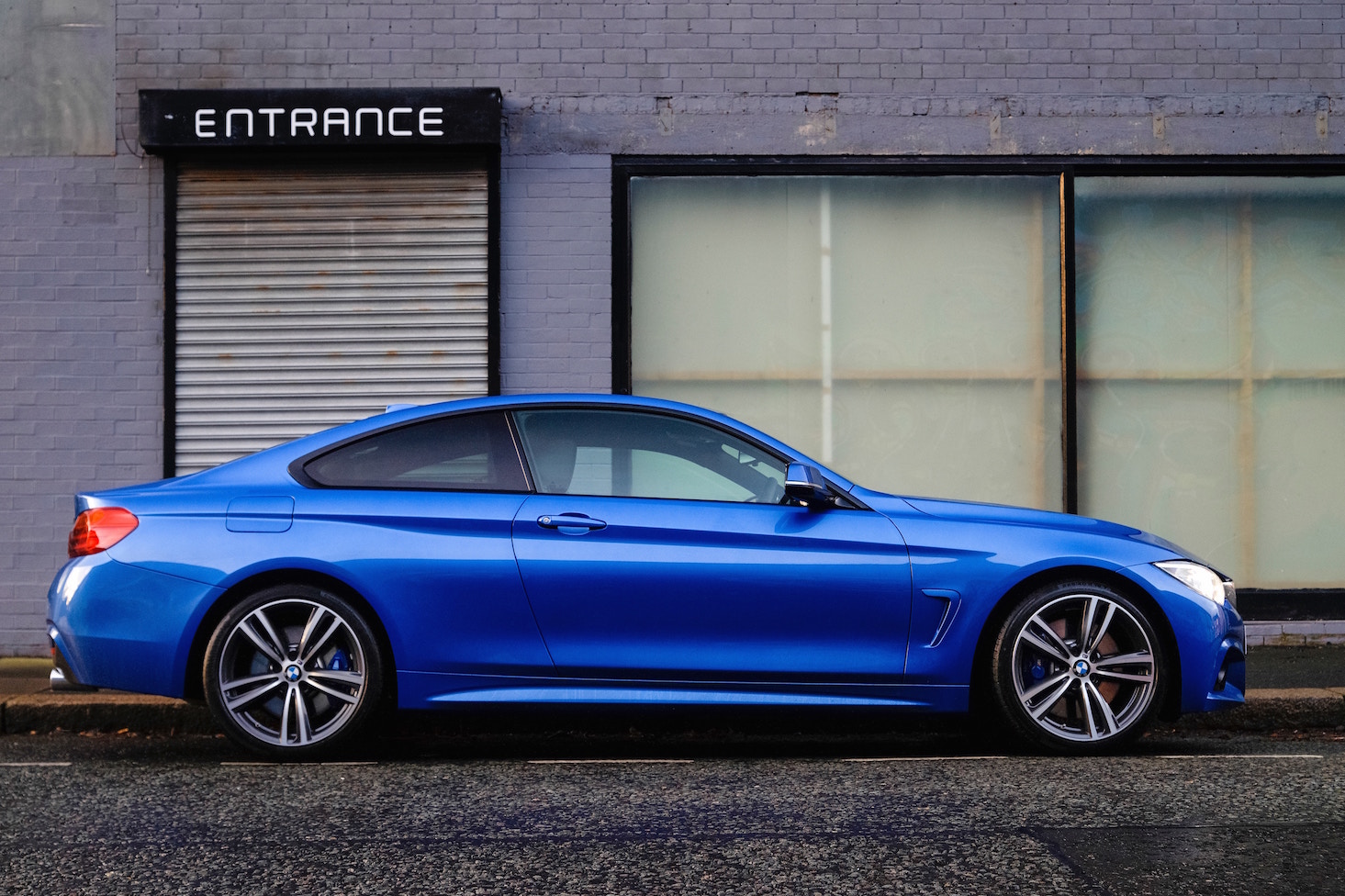Past behavior can predict future behavior, according to your car insurance provider. Even if you got a speeding ticket as a reckless twenty-something driver but you’re now a responsible and safe thirty-something driver, you could still be paying higher-than-average rates for your car insurance premiums. That’s a scary thought.

Many states use something called the “points system” to keep track of moving violations on a person’s driver’s license. Points are not a good thing (this isn’t a video game), and the more points you have on your driving record, the higher insurance premiums you may face paying. This is because more points = higher risk driver. As a high-risk driver, you are more likely to file an insurance claim. A good rule of thumb: the more serious a driving offense, the more points on your license.
How Points on Your License Affect Your Car Insurance Premiums
What kinds of violations will get points?
Well, speeding is the most common. The faster you were going at the time of the violation, the more points will be added to your driving record. For example: if you were going 10 mph over the posted speed limit, that is equal to 1 point. 11 to 20 mph over is 2 points. 40 mph over or more may be as high as 5 points. Ouch!
There are 18 states that consider texting and driving a moving violation and will add points to your license. Here are the states where that’s possible right now: Alabama, Colorado, DC, Florida, Georgia, Kentucky, Maryland, Missouri, Nebraska, New York, New Jersey, North Dakota, Nevada, Vermont, Virginia, West Virginia, Washington, and Wisconsin.
DUIs are a more serious offense, and in many cases, the points system is skipped entirely and your license is suspended or revoked. When someone obtains a DUI, insurance companies go on high alert, as this indicates that the individual is an extremely high-risk driver. Some insurance companies will drop the individual’s insurance policy altogether, as they deem it simply too risky.
Non-moving violations, such as parking tickets, broken tail lights, etc. will not result in points being added to your license.
How long do the points stay on someone’s record?
In most states, 2 or 3 years. Every state’s rules are different, though, so be sure to check out the rules in your state before hitting the road. In Nevada, for example, points tied to minor moving violations (such as making an illegal U-turn or not coming to a complete stop) are removed after 1 year. In California, points tied to a major event – such as a DUI or hit-and-run – stick around on someone’s license for 10 years.
Click here to see the full breakdown by state.
How does my insurance company find out about points on my license?
When you apply for a new policy or renew a current policy, your insurance company will look into your MVR (motor vehicle record). If you are renewing a current policy and there have been changes since you initially applied for your policy, the amount you pay for your premiums may go up or down (depending on what’s been updated on your MVR). Keep your driving record clean and keep your green!
Do keep in mind that the rules in each state differ. Be sure to check out the DMV website in your state to find out more information on the points system. As always, Metromilers, we’re here to answer any questions you may have about your current policy. If you’re thinking of making the switch to Metromile, it never hurts to get a free quote – so why not get one today? Be safe and see you on the roads!
Julianne Cronin is a Bay Area freelance writer, content creator, and founder/editor of the women’s lifestyle site, The Wink.









